Do Squats Make Your Butt Look Bigger?
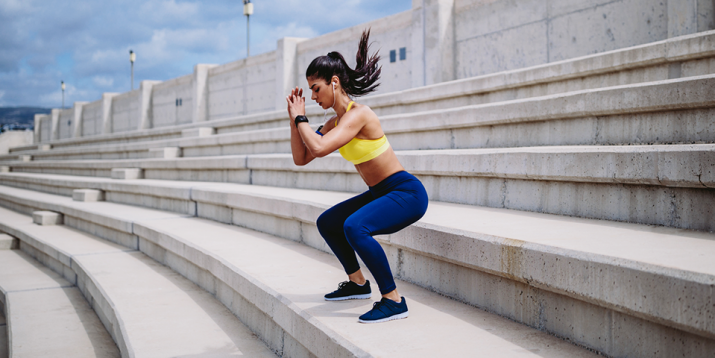
Squats are having a moment on social media right now, often tagged with phrases like #bootygains or #squatbooty. Is it true? Do squats make your butt look bigger?
The answer is a resounding … maybe!
Yes or No: Do Squats Make Your Butt Bigger?
Yes, squats can make your butt bigger… but they can also reduce its overall size.
Ordinarily, when referring to the butt, we’re talking about a general area of the body — not just the muscles that help comprise it. That’s important because your butt consists of both muscles and fat.
Many people — women especially — carry fat in their hips and backsides. And, in conjunction with a controlled diet, of course, exercise burns fat. As a result, squatting could conceivably help shrink some of the fat cells in your lower body.
But if you’re hoping for more padding on your posterior, don’t worry. Squats, along with other movements that target your glutes, can help grow the muscle that contributes most to the size of your butt: the gluteus maximus.
However, as competitive bodybuilders and fitness models have long known, size isn’t all it’s cracked up to be. When it comes to looking your best, definition and shape usually trump sheer muscular volume. A regular squat regimen might shrink the fat on your glutes while simultaneously growing the muscles beneath.
The net result may be a butt that’s bigger, smaller, or the same size as before. But at the end of the day, squatting regularly will do nothing but good for your rear view.
How Do Squats Work Your Glutes?
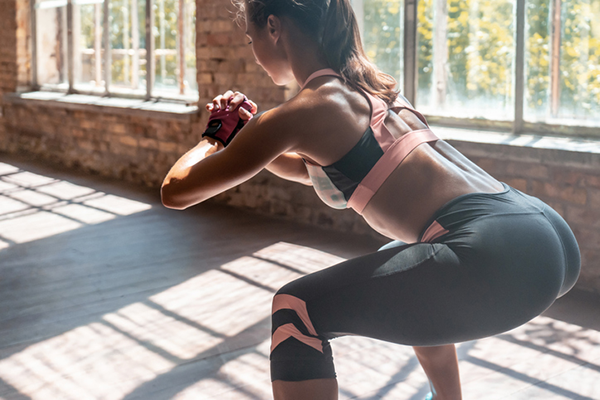
Along with a number of other lower-body exercises — the deadlift and hip thrust, among others — squats require you to straighten (or extend) your hip joints against resistance.
Since hip extension is the primary function of your butt muscles (chiefly the gluteus maximus), it follows that squats are an effective way to activate those muscles.
That’s the first step to making them grow.
The next step: loading the squat with enough weight to place significant tension on the muscles — and doing enough reps with that weight to stress them enough that they’ll grow.
Tension and stress may be deadly in a relationship, but they’re essential for making your muscles grow.
If you’re just starting out, your body weight might be enough to build strength, and even stimulate some growth in your glutes.
As you get stronger, however, you’ll need to add weight, reps, sets, or a combination of all three to keep your glute muscles growing.
The general workout prescription is 3 to 5 sets, 2 to 3 times a week, stopping each set a rep or two shy of exhaustion.
You should feel your muscles working, and the last few reps should be a challenge, but your form should remain picture-perfect.
What Muscles Do Squats Work?
There’s another qualifier on squats as a glute-building exercise: The glutes aren’t the only prime movers involved.
That honor also belongs to the quadriceps, the muscles on the fronts of your thighs.
So if a bigger butt is your goal, don’t make the squat the only glute-builder in your exercise arsenal.
“Studies show that hip thrusts are even more effective at activating the glutes,” says Trevor Thieme, C.S.C.S.
Want to build the best butt you can?
“You should do both exercises,” he says, “regardless of which one kicks your butt the hardest.”
In descending order of priority, here are the key muscles involved in the squat.
Quadriceps
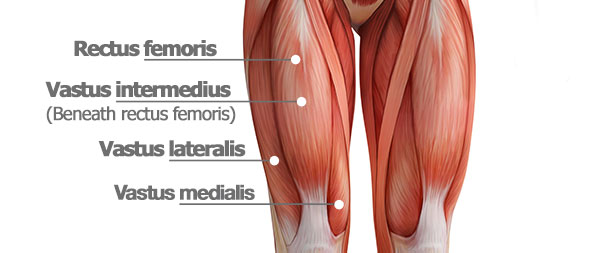
For most people, the muscles that work the hardest in the squat are the quads.
These are the muscles on the fronts of your thighs responsible for straightening your knees.
From the inside of the thigh outward, those muscles are the vastus medialis, the vastus intermedialis, the rectus femoris, and the vastus lateralis.
Glutes
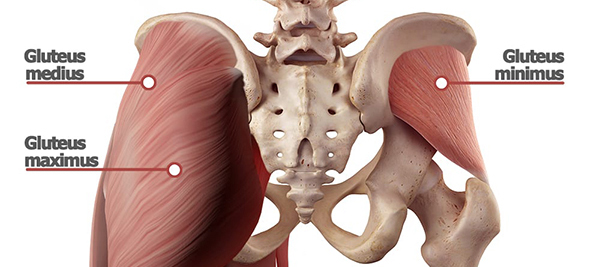
Second in command on the squat are the glutes — the butt muscles — which extend and stabilize your hip joints throughout the movement.
Of your three major gluteal muscles, the biggest one, the gluteus maximus, does most of the heavy lifting, while the two smaller muscles toward the outsides of your hips — gluteus minimus and gluteus medius — keep your knees from collapsing inward throughout the move.
Hamstrings
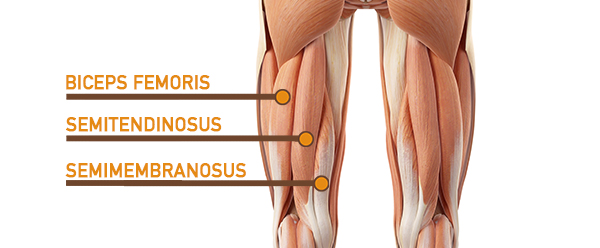
Most people think of the hamstring as a knee-bender.
In fact, like the glutes, they’re also hip-extensors, and so also assist in the squatting motion.
Muscles involved, from the inside to the outside of your rear thigh, are the semimembranosus, the semitendinosus, and the biceps femoris.
Spinal erectors, abdominals, and calves
Helping to keep you upright and protect your spine as you squat are the erector spinae — the twin bands of sinew that flank your spine — as well as the major core muscles:
- The rectus abdominis, on the front of your waist at belly-button height
- The transverse abdominis, located directly underneath it
- The internal and external obliques, on the sides
Rounding out the list of supporting players in the squat are the muscles of your calf, the gastrocnemius and the soleus, both of which stabilize your knee and ankle throughout the move.
How to Get the Most Out of the Squat for Your Glutes
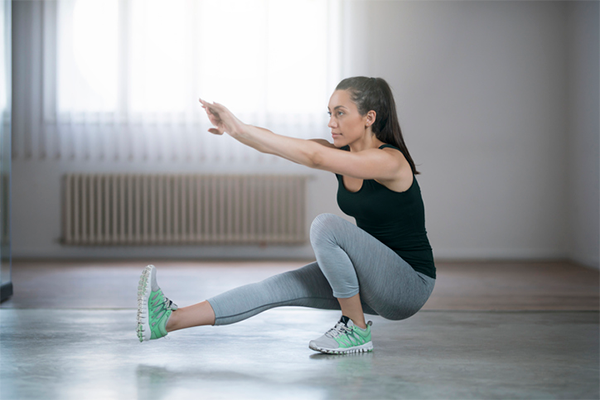
So squats deserve a place in your butt-building rotation. Want to maximally emphasize the glutes when you squat? Try these tips.
1. Go low
Studies of isometric (muscle engagement without movement) and isotonic (muscle engagement through a range of motion) squats have found that the deeper you go, the more you work your glutes.
However, go too low without establishing the proper mobility and you may risk injury.
So squat to a depth of 90 degrees until you’ve developed the necessary mobility in your hips to go lower.
2. Go wide
Of all the possible stance variations — narrow stance, medium stance, parallel stance — the one that targets the glutes most effectively in the squat is a wide stance with your toes turned out slightly, as in the sumo squat.
Think a few inches outside shoulder width on each side, toes at about 10 and 2 o’clock.
3. Go single-leg
A 2010 study found that the glutes were more active in the single-leg squat than in the double-leg version.
Want to work up to this super-tough bodyweight move?
Try holding onto a sturdy rail, or piece of gym equipment designed for this kind of application as you balance on one foot, extend your other foot in front of you and lower into your squat.
